Name Douglas Tompkins | Role Conservationist | |
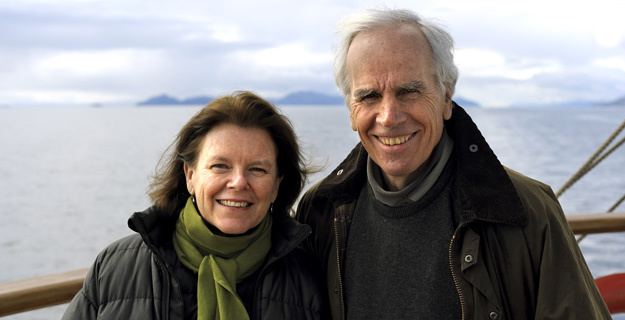 | ||
Full Name Douglas Rainsford Tompkins Occupation businessman, conservationist Awards New Species Award, Good Steward Award, David R. Brower Award Website www.tompkinsconservation.org Children Summer Tompkins Walker, Quincey Tompkins Imhoff Similar People Kris Tompkins, Yvon Chouinard, Susie Tompkins Buell, Rick Ridgeway, Chris Malloy | ||
Douglas tompkins the north face founder dies after kayak accident in patagonia tomonews
Douglas Rainsford Tompkins (March 20, 1943 – December 8, 2015) was an American conservationist, outdoorsman, philanthropist, filmmaker, agriculturalist, and businessman who assembled and preserved the land which became the largest gift of private land to government in South America.
Contents
- Douglas tompkins the north face founder dies after kayak accident in patagonia tomonews
- Kayaking accident of north face founder douglas tompkins
- Early life
- The North Face Inc
- Adventure film making
- Esprit
- Land conservation
- Pumaln Park
- Corcovado National Park
- Iber Project
- Other conservation projects
- Organic agriculture
- Environmental activism
- Honours
- Death
- References
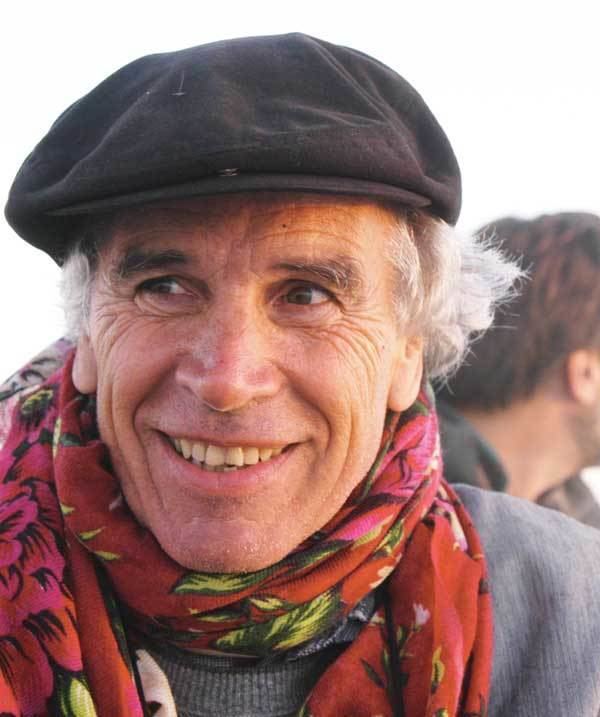
Beginning in the mid-1960s, he and Susie Tompkins Buell, his first wife, co-founded and ran two companies: the outdoor equipment and clothing company The North Face and the Esprit clothing company. Following their divorce and Tompkins' departure from the business world in 1989, he became active in environmental and land conservation causes.
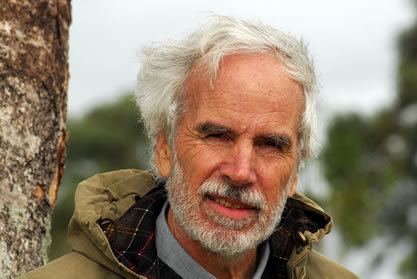
In the 1990s Tompkins and his second wife, Kris McDivitt Tompkins bought and conserved over 2 million acres (810,000 ha) of wilderness in Chile and Argentina, more than any other private individuals in the region, thus becoming among the largest private land-owners in the world. The Tompkinses were focused on park creation, wildlife recovery, ecological agriculture, and activism, with the goal of saving biodiversity.
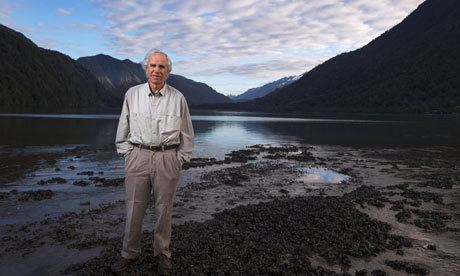
Kayaking accident of north face founder douglas tompkins
Early life
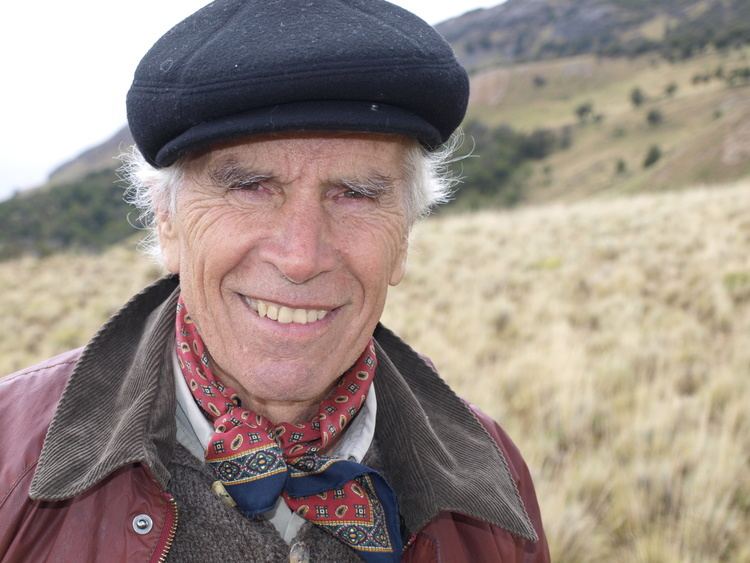
Tompkins was born in Conneaut, Ohio on March 20, 1943, the son of an antiques dealer and decorator. He spent the first few years of his life in New York City before his family moved to Millbrook, New York. He graduated from Indian Mountain School, a pre-prep school in Lakeville, Connecticut, in 1957. In his senior year at Pomfret School in Connecticut, Tompkins was expelled for various minor infractions. He returned to his hometown in Millbrook, but did not graduate from high school.
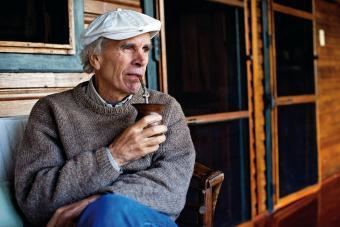
Tompkins spent the years between 1960 and 1962 ski racing and rock climbing in Colorado, Europe, and South America. In 1963, Tompkins founded the California Mountaineering Guide Service. It was during this time he met Susie Russell, a casino employee who gave him a lift while hitch-hiking to Lake Tahoe. They married in 1964 in San Francisco, where Tompkins borrowed $5,000 from a bank to set up The North Face, now a global retailing company.
The North Face, Inc.
In 1964, Douglas and Susie Tompkins started The North Face, Inc. as a mail order and retail company, selling rock climbing and camping equipment. The early years set the design standard of good quality sleeping bags, backpacks, and mountaineering tents. The Tompkinses designed tents that were some of the first to avoid a pole in the middle, by using bendable rods threaded through exterior sleeves instead. This design also increased the strength of the tent because the domed shape allowed the wind to roll overit. These tents have been widely copied throughout the world. In 1966, the first The North Face store was opened; the band The Grateful Dead played at the grand opening. Two years later, Tompkins sold out his stake to Kenneth "Hap" Klopp for $50,000, using the profit to join his wife in co-founding Esprit, a fashion house. Tompkins sold The North Face with the intention of a focus on adventure film making.
Adventure film-making
In 1968, Tompkins headed off on a six-month road/adventure trip from California to Patagonia, along with Yvon Chouinard and two other climbing friends. They put up a new route on Mount Fitzroy, and made an adventure film, Mountain of Storms, about their experience. The 2010 film 180 Degrees South: Conquerors of the Useless describes a modern-day recreation of this journey.
Tompkins also became a skilled whitewater kayaker, claiming first descents of rivers in California, Africa, and South America. In addition, he was a skilled bush pilot.
Esprit
In 1968, Tompkins, his wife Susie, and her friend Jane Tise began selling girls' dresses out of the back of a VW bus, which they had planned on the kitchen table. In 1971 they incorporated the booming business under the name "Plain Jane" which later became Esprit. By 1978, sales topped $100 million a year and the company had formed partnerships in Germany and Hong Kong. Tompkins titled himself "image director", developing his own marketing approach: overseeing all aspects of the company's image, from store design to catalogue layout, while his wife served as design director.
Emerging as one of the hottest brands of the era, the company grew into a transnational company operating in 60 countries. In 1989, the Japanese art publisher Robundo published Esprit, the Comprehensive Design Principle (ISBN 4947613203), which documented the all-encompassing design principles that Tompkins had created for the brand.
Growing increasingly concerned about the ecological impacts of the fashion industry, Tompkins decided to leave the business world in the late 1980s. In 1989, he sold his share of the American company back to Susie, from whom he had separated, putting most of his profits into land conservation. Subsequently, in 1989 and 1994, he sold his interests in the other Esprit entities around the world.
Land conservation
After selling his interest in Esprit, Tompkins turned his efforts towards southern Chile, where he had spent much time climbing, kayaking, and skiing, to focus on land conservation and environmental activism. He founded the Foundation for Deep Ecology in 1990, which supports environmental activism (see deep ecology), and The Conservation Land Trust in 1992, which works to protect wildlands, primarily in Chile and Argentina.
In 1993, he married Kristine L. McDivitt, a former chief executive of the Patagonia retail chain; the two worked together on conservation projects. The Tompkinses' conservation efforts focused on preserving wild landscapes and biodiversity. After purchasing large blocks of wilderness, they worked to create national parks, believing that this governmental designation serves as the best mode of guaranteeing long-term conservation.
Pumalín Park
Tompkins's first major conservation project was Pumalín Park in the Palena Province of Chile, an 800,000-acre (320,000 ha) area of Valdivian temperate rain forest, high peaks, lakes, and rivers. In 1991 he bought the Reñihué farm, a semi-abandoned farm at the end of the Reñihué Fjord, planning to set aside 42,000 acres (17,000 ha) of this unique forest from possible exploitation. In the next decade, The Conservation Land Trust added another 700,000 acres (280,000 ha) in nearly contiguous parcels to create Pumalín Park, which eventually stretched from the Corcovado Gulf to the Andes mountains, over an area of 800,000 acres.
In 2005, then-President Ricardo Lagos declared this area a Nature Sanctuary, a special designation of the Chilean state, granting it additional environmental and non-developmental protection. The Conservation Land Trust (a U.S. environmental foundation) donated these protected lands to Fundación Pumalín (a Chilean foundation), for their administration and continual development as a type of National Park with public access under a private initiative. Through creating public-access infrastructure, including trails, campgrounds, visitor centers, and a restaurant, Tompkins sought to promote wilderness experience, in hopes of inspiring a deeper environmental ethic in the park's many thousands of visitors.
In March 2017, the Chilean president Michelle Bachele announced that the government was accepting the gift of 1 million acres from Fundación Pumalín and creating a national park covering 11 million acres in all, the largest such park in South America. At a ceremony for signing of the accord between government and the foundation, Tompkins' long-term friend Yvon Chouinard claimed that “No other human has ever created this many acres of protected wildlands".
Corcovado National Park
Just to the south of Pumalin, Corcovado National Park represents one of Tompkins's completed conservation projects. In 1994, The Conservation Land Trust (CLT), along with U.S. philanthropist Peter Buckley, acquired 208,000 acres (84,000 ha) of native forest that was slated for logging, adjacent to vast areas of federal land under the jurisdiction of the Chilean Armed Forces. CLT offered to donate this parcel back to the Chilean state, provided that the whole area became a national park. In 2005, then-President Ricardo Lagos accepted this proposal, and the 726,000-acre (294,000 ha) Corcovado National Park was born.
Iberá Project
The Iberá Project is a private conservation enterprise that was spearheaded by Tompkins, working with George Soros, Harvard University, and Tompkins' Conservation Land Trust. Its goal is to expand land ownership and strengthen protection for the Iberá Wetlands natural preserve, in Corrientes Province, Argentina. Since 1983, the Iberá Natural Reserve has consisted of 553,000 hectares of protected floodplains, providing safe habitat for a range of native species, and encouraging a transition from "an exploitative economy" to "an economy of conservation and ecotourism". The Conservation Land Trust has acquired 150,000 hectares of old cattle ranches bordering the existing natural reserve, lands that include habitats not currently represented in the existing park. The goal is to donate these lands, including espinal, malezal grasslands, and forests, to the Argentine government to include in the reserve, creating a new, strictly conserved park called the Great Iberá Park. This new park, which would total 700,000 hectares, would be the largest national park in Argentina.
Other conservation projects
Other conservation projects that Tompkins spearheaded include:
Organic agriculture
Envisioning "conservation as a consequence of production," Tompkins developed models of sustainable organic farming, which maintain soil health and ecological integrity at the same time that they provide for families and support the local economy.
In the area around Pumalin, the Hornopiren, Vodudahue, Ventisquero, Pillan, and Reñihue farms serve as exemplars of small-scale ecological agriculture and as informal park ranger stations. Each of these farms produces a variety of products, including sheep, cattle, honey, berries, and organic vegetables. A small facility in the Pillan farm processes honey and berries for jams, which are sold under the name Pillan Organics.
In northeastern Argentina, Tompkins managed cattle ranches in Corrientes Province and polyculture grain and fruit farms in Entre Ríos Province. Each farm pays close attention to developing sustainable practices.
Environmental activism
Through the Foundation for Deep Ecology, Tompkins published a series of large-format, photo activist books on environmental issues, including:
In addition, The Foundation for Deep Ecology had a long history as a grant-maker in categories such as Biodiversity & Wilderness, Ecological Agriculture, and Megatechnology & Economic Globalization, although in-house publishing is now its main focus.
Tompkins has also been involved in several large environmental campaigns in Chile and Argentina, such as the "Patagonia Sin Represas" campaign, which opposed the construction of dams on two of the largest and wildest rivers in the Patagonia region of Chile.
Honours
Despite considerable controversy within Chile and Argentina, Tompkins' environmental work won him respect and accolades outside of South America: in 2012, the African Rainforest Conservancy awarded Tompkins and his wife its "New Species Award"; in 2007, the International Conservation Caucus Foundation awarded its "Good Steward" award to him and his wife Kris; in 2008, the American Alpine Club awarded him the David R. Brower Award, for his work preserving mountain regions; in 2009, Latin Trade named him the "Environmental Leader of the Year".
In 2007, he was appointed as an honorary member of the American Society of Landscape Architects, in recognition of his work restoring damaged landscapes. Eco Barons, Edward Humes' 2009 account of the "dreamers, schemers, and millionaires who are saving our planet," uses Tompkins as the first example of this new group of philanthropists.
Death
On December 8, 2015, Tompkins was kayaking with five others on General Carrera Lake in southern Chile when strong waves caused their kayaks to capsize. Tompkins spent a "considerable amount of time" in 40 °F (4 °C) waters.
He was flown, by helicopter, to a hospital in nearby Coyhaique, where he died hours later from severe hypothermia. He was 72 years old and survived by his second wife, Kristine (McDivitt), two daughters, and a brother.
